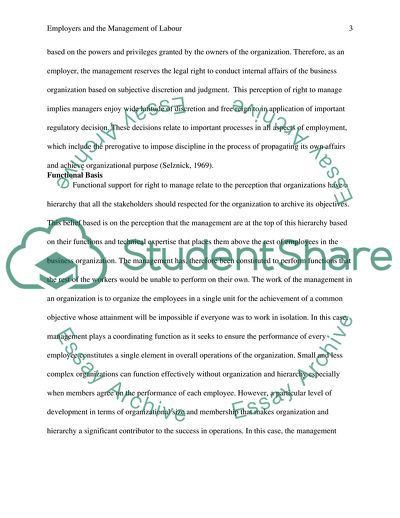Cite this document
(Employers and the Management of Labour Essay Example | Topics and Well Written Essays - 3000 words, n.d.)
Employers and the Management of Labour Essay Example | Topics and Well Written Essays - 3000 words. https://studentshare.org/human-resources/1849654-employers-and-the-management-of-labour
Employers and the Management of Labour Essay Example | Topics and Well Written Essays - 3000 words. https://studentshare.org/human-resources/1849654-employers-and-the-management-of-labour
(Employers and the Management of Labour Essay Example | Topics and Well Written Essays - 3000 Words)
Employers and the Management of Labour Essay Example | Topics and Well Written Essays - 3000 Words. https://studentshare.org/human-resources/1849654-employers-and-the-management-of-labour.
Employers and the Management of Labour Essay Example | Topics and Well Written Essays - 3000 Words. https://studentshare.org/human-resources/1849654-employers-and-the-management-of-labour.
“Employers and the Management of Labour Essay Example | Topics and Well Written Essays - 3000 Words”. https://studentshare.org/human-resources/1849654-employers-and-the-management-of-labour.


